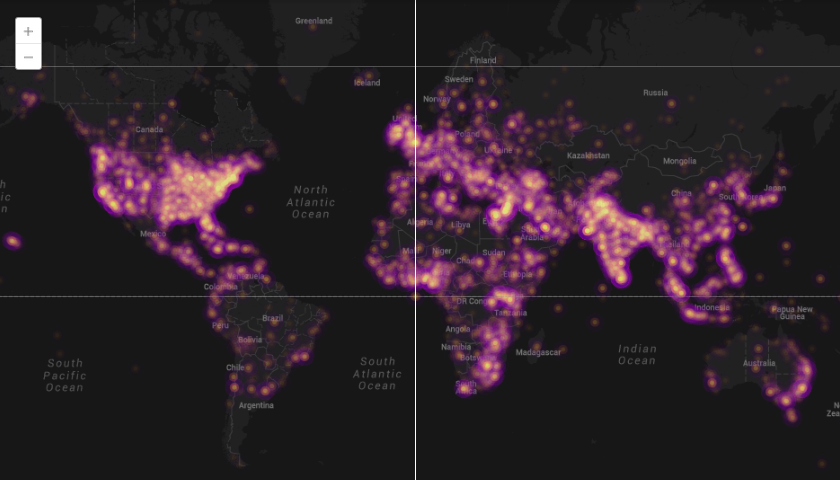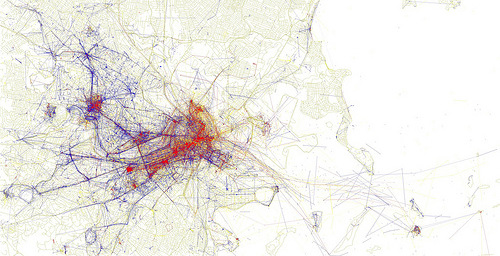Countries in the Middle East and North Africa historically held statistical data about their populations close. But in recent years, Tunisia, Yemen, Egypt, Morocco, Libya, Djibouti, and Jordan have joined regional open data pioneers Palestine and Iraq in releasing detailed data sets to the public or directly to organizations.
While this offers promise to researchers, students, journalists, and citizens who seek detailed information about life in the region, open government involves more than posting data online. Countries around the world are talking about open government, and people are creating useful tools and uncovering important stories with open data. But legislative obstacles, fear, and gaps in access to information communication technology can reduce or even detract from the benefits of open government.
The United States and United Kingdom launched open data portals between 2009 and 2010, spearheading an open government data movement. Kenya launched a portal in 2011, and Sri Lanka and Canada unveiled updated versions of their portals this June.
More than 50 countries have joined an Open Government Declaration. This June the G8 countries passed an Open Data Charter pledging to develop and implement open data policies. Experts praised this initial step but cautioned that cumbersome licensing or inability to enforce policies, among other concerns, could hinder the charter’s effectiveness.
The Open Knowledge Foundation compiled a census that evaluates data from 60 countries (at the time of writing) on seven conditions: existence online, open licensing, public availability, machine readability, digital availability, recency, and bulk availability. The census deems less than one-quarter of datasets truly “open.”
The Knight Foundation recently awarded $3.2 million in grants to develop online tools that facilitate citizen-government information sharing. The city of Oakland, California developed a process to involve citizens in allocating the city’s budget; this includes a website with data and visualizations.
The buzzwords transparency and accountability often accompany pronouncements about open government data. But the concepts do not always operate hand-in-hand. Availability of mass-transit data yields an animation of how people in New York use the subway. Availability of procurement data enables an interactive database to map connections between people, companies, and government contracts in Slovakia. Both provide useful insights, but one offers greater utility to citizens who want to keep their government honest.
Governments continue to speak of the benefits of open data, but too often the conversation focuses on “opening up uncontroversial data sets and the method of distributing these data sets” instead of letting journalists and citizens freely access public data and use it to question public servants, writes Index on Censorship’s Mike Harris. He cites excessive classification of documents in the United States, broad exemptions in Rwanda’s freedom of information law, and a threatening environment for journalists in Azerbaijan as examples of governments paying lip service to open data.
Even if governments provide access to their data and incorporate data analysis into their decision-making, the digital divide reminds users to consider the representativeness of that data. If the Centers for Disease Control uses Google searches to monitor flu trends, what happens to communities that do not have Internet access or to people who do not own a computer?
Democracy draws strength from the participation of an informed citizenry, and the Internet offers tools to realize new levels of civic engagement. But as long as governments allow data to remain hidden or people who pursue that data to be intimidated, openness remains an aspiration.







